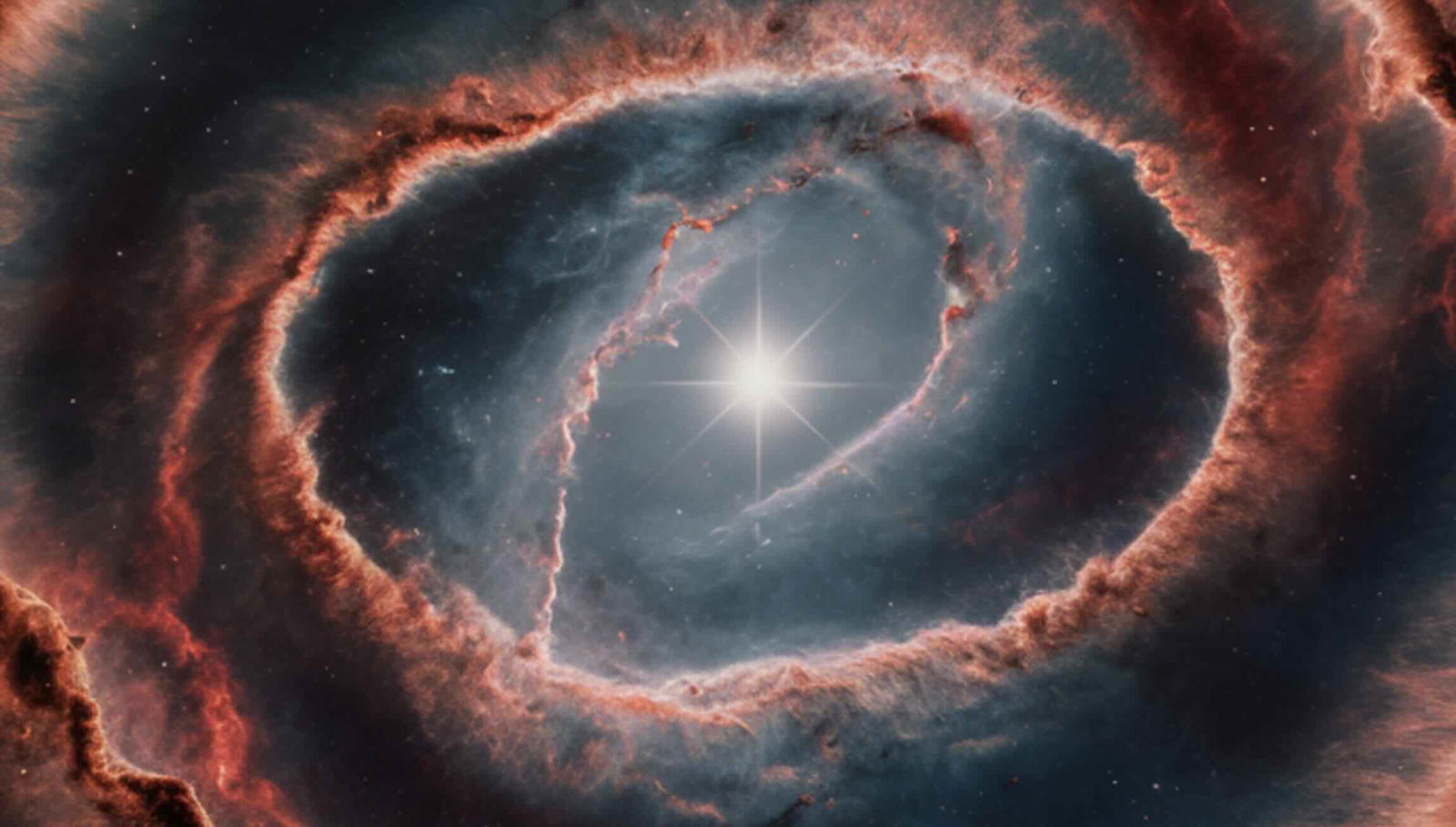New mathematical approaches to one of the greatest issues in modern physics could finally help bridge the gap that has long persisted between quantum physics and general relativity, paving the way toward realization of a long-sought “unified theory.”
The new findings could provide researchers with a unified framework that will allow new methods of resolving several of the universe’s mysteries. Update: Several physicists have challenged the mathematics presented in the science paper discussed in this article, and questioned the peer-review process that allowed its publication (see below). The Debrief plans to feature additional future reporting on this issue. – The Editor
In the past, reconciling the seemingly incompatible theories of quantum mechanics and general relativity have led some to consider whether an all encompassing “unified theory” is truly attainable. This issue famously prompted physicist Stephen Hawking to say that “Even if there is only one possible unified theory, it is just a set of rules and equations… the best we may be able to achieve are partial theories that describe different aspects of the universe.”
Now in a recent breakthrough, a team of scientists has proposed a new equation that could finally help to unite these two seemingly irreconcilable pillars of modern physics.
The international team, consisting of researchers Chavis Srichan, Pobporn Danvirutai, Adrian David Cheok, Jun Cai, and Ying Yan, took an approach that reformulated Riemannian geometry using what is known as Planck scale formalism. The Planck scale, in essence, aims to unite certain quantities in relativity, quantum mechanics and gravity.
The team’s equation draws from this to offer new perspectives on the fundamental structure of the universe by whittling down its constants to only two quantities: Planck length and Planck time. The result is a new equation that enables the redefinition of basic physical properties like mass and the charges of leptons, whereby they are now viewed as interactions between energy and the curvature of spacetime itself.
According to a new paper published in the journal Astroparticle Physics, the resulting approach can preserve covariance in spacetime, but also maintain invariance across the Planck scale. The team’s conclusions based on this are significant, in that they report that they have “proved that the Einstein field equation from general relativity is actually a relativistic quantum mechanical equation.”
As early as 1917, Einstein predicted the presence of dark energy throughout our universe by applying the general theory of relativity to the overall structure of space-time. However, he realized that a force must exist to prevent the universe from collapsing in on itself, which ultimately led him to formulate the cosmological constant, or what he called lambda.
Taking their research one step further, the team applied Einstein’s lambda formalism toward further modeling of the universe, leading them to conclude that the universe’s dynamics likely resemble harmonic oscillators that are entangled with lambda curvature.
An existing theory suggests that the entanglement between elements of spacetime may be able to facilitate energy transfer between different universes, which may also include the potential for information transfer through light, a concept known as the ER=EPR hypothesis.
The team’s new equation also applies to our understanding of black holes, in that singularities associated with the intense gravity of these regions of space can be avoided, as space and time are no longer entangled in the same way as current theory proposes.
Based on the model devised by the researchers, they claim that a gravitational wave background with a spectrum that is a good match for current data can be predicted, which potentially paves the way toward new possibilities in terms of how the structure and the evolution of the universe can be explored.
However, the claims presented in the paper haven’t been accepted well by all in the physics community. Following publication of the team’s new paper in the journal Astroparticle Physics, several scientists have come forward and challenged the team’s findings.
In a video on her YouTube channel, German theoretical physicist and philosopher Sabine Hossenfelder questioned whether the paper’s findings might actually represent a hoax, although seemed to conclude that its authors were mistaken in their understanding of several elements the paper addressed.
“Either way, this is an illustration of a much bigger problem,” Hossenfelder said. “A lot of crap papers get published, and there are now so many crap papers being published that scientists have given up trying to combat this. They’re just trying their best to ignore it.”
“This paper we can safely forget about,” Hossenfelder concluded.
At the time Hossenfelder’s video was posted, the paper’s authors had not yet responded to the issues raised by others in the scientific community about the paper and the merit of its claimed findings.
Micah Hanks is the Editor-in-Chief and Co-Founder of The Debrief. He can be reached by email at micah@thedebrief.org. Follow his work at micahhanks.com and on X: @MicahHanks.

